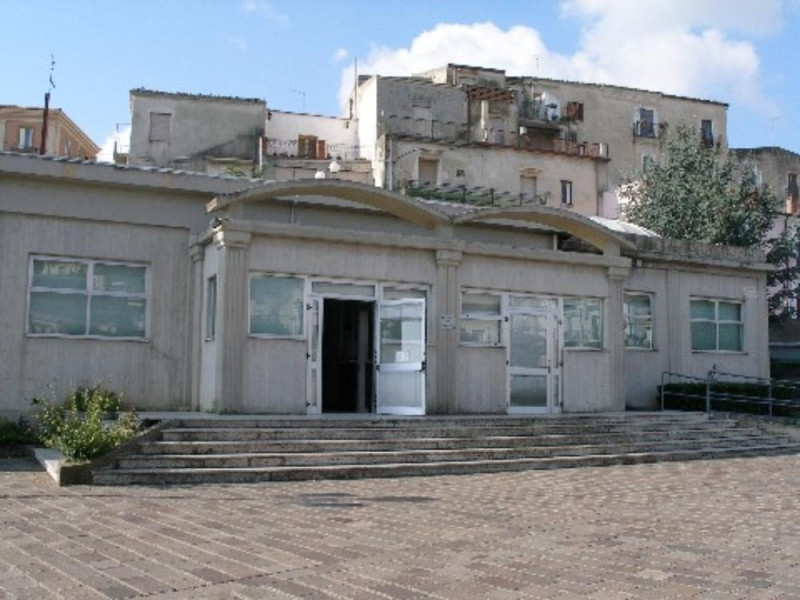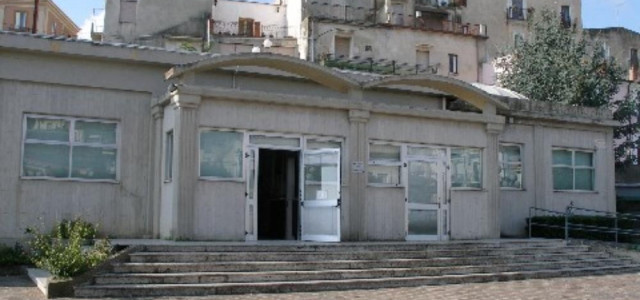Destinazioni - Comune
Amendolara
Where
Amendolara (Cosenza)
Amendolara is a town and comune in the province of Cosenza in the Calabria region of southern Italy. With a population of approximately 3,100 people (Amendolaresi),is into a territory of 64 km² and it is 100 km from the provincial capital of Cosenza. The city is at an altitude of 200 meters above sea level and overlooks the Ionian Sea. Mario Melfi was the mayor of the city from 2001 to 16 May 2011. The new mayor elected is Antonello Ciminelli.
History
Probably the name derives from the Latin amygdalaria (mandorlai), due to the high production of almonds. Based on the numerous archaeological sites in the area, it is believed that the territory was already inhabited in the Neolithic period (6000-4000 BC) and that the human presence has become stable in the Age Protostorica (3500-8000 BC), when a community enotria settled in the area of today's "Old District"(Rione Vecchio). With the foundation of Sybaris by the Achaeans, the population that inhabited the protostorico area of "Old District" (Rione Vecchio) in the seventh century. B.C. moved to the brilliant and wide area of San Nicola. In this place was built a new city and it was called Lagaria. After having suffered the Roman domination, Amendolara was a thriving religious life, first with the Byzantine activities, then with the Cistercian, as evidenced by the many churches and hermits caves located on most of the territory. After building the castle around 1000 AD, there appeared Dynasties. In the sixteenth century the Dominicans built the convent and was built the split Tower (torre spaccata). For two centuries followed years of battles between feudal lords and the City for the conquest of the land confiscated during the feudal period. In 1700 the plots, become real "farm" were divided between the MUNICIPALITY and the State, which sold them to the representatives of the most powerful middle-class families.During the nineteenth century Amendolara was a viable center for the dissemination of liberal ideas, but it is also suffered the plundering of the most important works of art contained in the churches. In 1848 the population was now reduced to poverty and they rebelled against the landowners occupying the lands of Straface. Poverty and unemployment led to a significant migration to Argentina and northern Italy which lasted for nearly a century. The amendolaresi remained, however, did not give up and pushed toward economic, political and cultural recovery.
Mayors of Amendolara from 1809
DON GIUSEPPE DI STEFANO in 1809 DON GIUSEPPE CUCCARO in 1810 DON PIETRO ANDREASSI in 1811/1812 DON BERNARDO SISCI in 1813 DON VINCENZO MIGLIONICO in 1813/ 1814 DON NICOLA PIZZI in 1815/1816 DON LUCIO DI STEFANO in 1817/1818/1819 DON GAETANO GALLERANO senior in 1820/1821/1822 DON PIETRO ANDREASSI in 1823/1824/1825 DON GAETANO GALLERANO in 1826/1827/1828 DON GIUSEPPE DI STEFANO in 1829/1830/1831 DON LUCIO DI STEFANO in 1832/1833/1834 VINCENZO BARTOLINI in 1835/1836/1837 DON GIUSEPPE SISCI in 1838/1839/1840 DON NICOLA LAURITI in 1841/1842/1843 DON ANTONIO STIGLIANO in 1844/1845/1846 DON NICOLA LAURITI in 1847/1848/1849 DON ANTONIO STIGLIANO from 1850 to June 1853 DON NICOLA LAURITI form July 1853 to 1856 DON LUIGI BARTOLINI from 1857 to 1860 DON VINCENZO FALABELLA from 1860 to 1862 DON ANTONIO SILVESTRI from 1862 to 1867 DON GIUSEPPE TUCCI from 1868 to 1872 DON EMILIO STIGLIANO from 1873 to 1878 DON TOMMASO FALABELLA from 1879 to 1882 DON GAETANO GALLERANO from 1883 to 1888 DON GIUSEPPE LAMANNA from 1889 to 1894 and from 1895 to 1900 GIUSEPPE LAMANNA from 1900 to 1905 GAETANO GALLERANO from 1905 to 1909 VINCENZO FALABELLA from 1909 to 1911 CARLO CAPPA from 1911 to 1913 ALFONSO SISCI during 1914 FILIPPO LILLO from 1914 to 1916 ALFONSO SISCI from 1916 to 1919 GAETANO LAMANNA all 1920 BIAGIO PALERMO from 1921 to 1925
PODESTA’ of AMENDOLARA ANTONIO ACCATTATIS from 1926 to 1928 VINCENZO FALABELLA from 1929 to 1934 LUIGI MASSA GALLERANO from 1934 to 1935 ROCCO RAFFETTA from 1935 to 1937 VINCENZO ITALIANO from 1937 to 1939 VINCENZO LAVIOLA da January to May 1940 NICOLA PUCCI from June to December 1940 CARLO BLEFARI MELAZZI from 1941 to 1944 LUIGI FALABELLA from 1944 to 1946
Mayors of AMENDOLARA ROBERTO GRISOLIA from 1946 to 1951 ANGELO RAGO from 1951 to 1955 ANTONIO LAVIOLA from 1955 to 1959 GIUSEPPE BARTOLINI from 1959 to 1960 VINCENZO PAGANO from 1960 to 1964 GIORGIO DI LEO from 1964 to 1967 VINCENZO PAGANO from 1967 to 1972 GIOVANNI LAVIOLA from 1972 to 1983 FRANCESCO MELFI from 1983 to 1993 MARIA RITA ACCIARDI from 1993 to 2001 MARIO MELFI from 2001 to May 2011 SALVATORE CIMINELLI from May 2011 (in charge)
Gastronomy
The food is a strong tradition and cultural tourist attractions of the place. Actively contributes to the socio-economic growth. The cuisine is simple, genuine and find the diamond in the use of vegetables from the countryside. The culinary tradition of Amendolara puts its resources based on agri-culture of the "Alto Jonio Cosentino", and is characterized by the use of basic ingredients in common with the countries of Sybaris. The recipes are also different in different places is by use of the family is depending on personal taste. The first courses are par excellence the "rascjcatilli", fresh pasta made with flour and water in the form of small pieces plucked with the fingers and topped with fresh tomato sauce and basil or lamb ragout and a sprinkling of chili pepper in the area . Very tasty are also "ferrazuoli" fresh pasta in the shape of sticks and gouged with a thin iron square and topped with meat ragout South. Both are peasant dishes, often enhanced by the intense flavor of the ricotta cheese and grated flake directly over the plate at time of service. The ricotta, handicraft production, replaced in the fifties the cheese used only in the "big parties". I used to use less well-off "in Mullica, bread crumbs and sautéed in a little olive oil with chili powder and minced garlic, which gives a particularly delicate flavor to dishes but tasty at the same time. The most typical desserts are: Those of the Christmas period: - "I crispi" are made with wheat flour, water and yeast, are shaped like big rings, fried in olive oil at 170 °C can be enjoyed with sugar icing - "I cannaricoli" big dumplings made of flour, black pepper, wine and a pinch of yeast, these fried in olive oil. During Easter, it was common to prepare "cullure" and "pastizzi. The "cullura" is the Easter bread, has an original meaning of new life, the dough is made with flour, eggs, cinnamon, fennel seeds, lard, salt and yeast, the whole is worked and shaped like a crown woven into increasing number of such eggs. I "pastizzi" are typical of the Easter period, are pseudo-pants made with flour, lard, salt and pepper, stuffed with meat and entrails of kid, seasoned with pepper, parsley, garlic and browned in olive oil with the addition sausage, baked in the oven.


